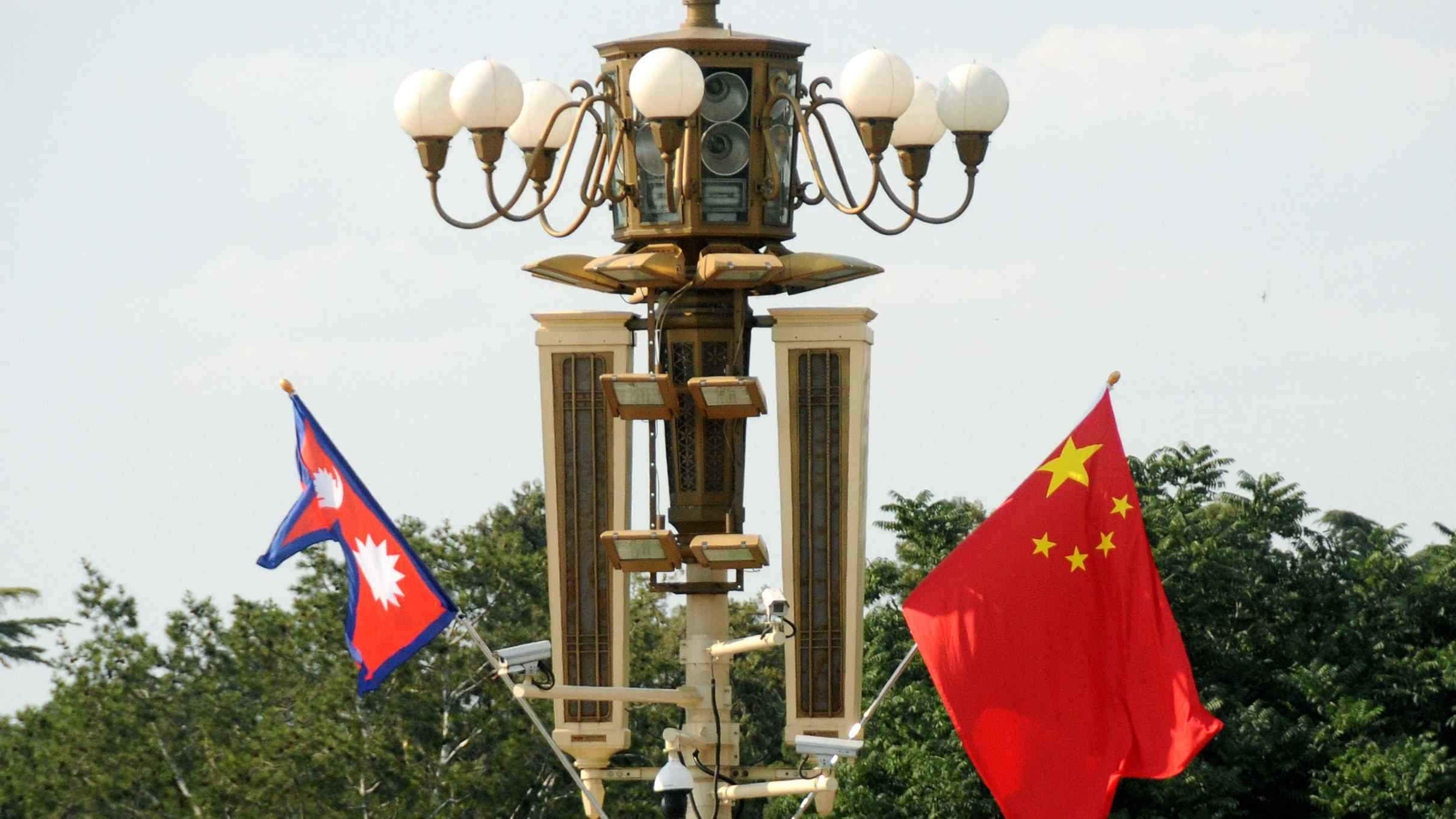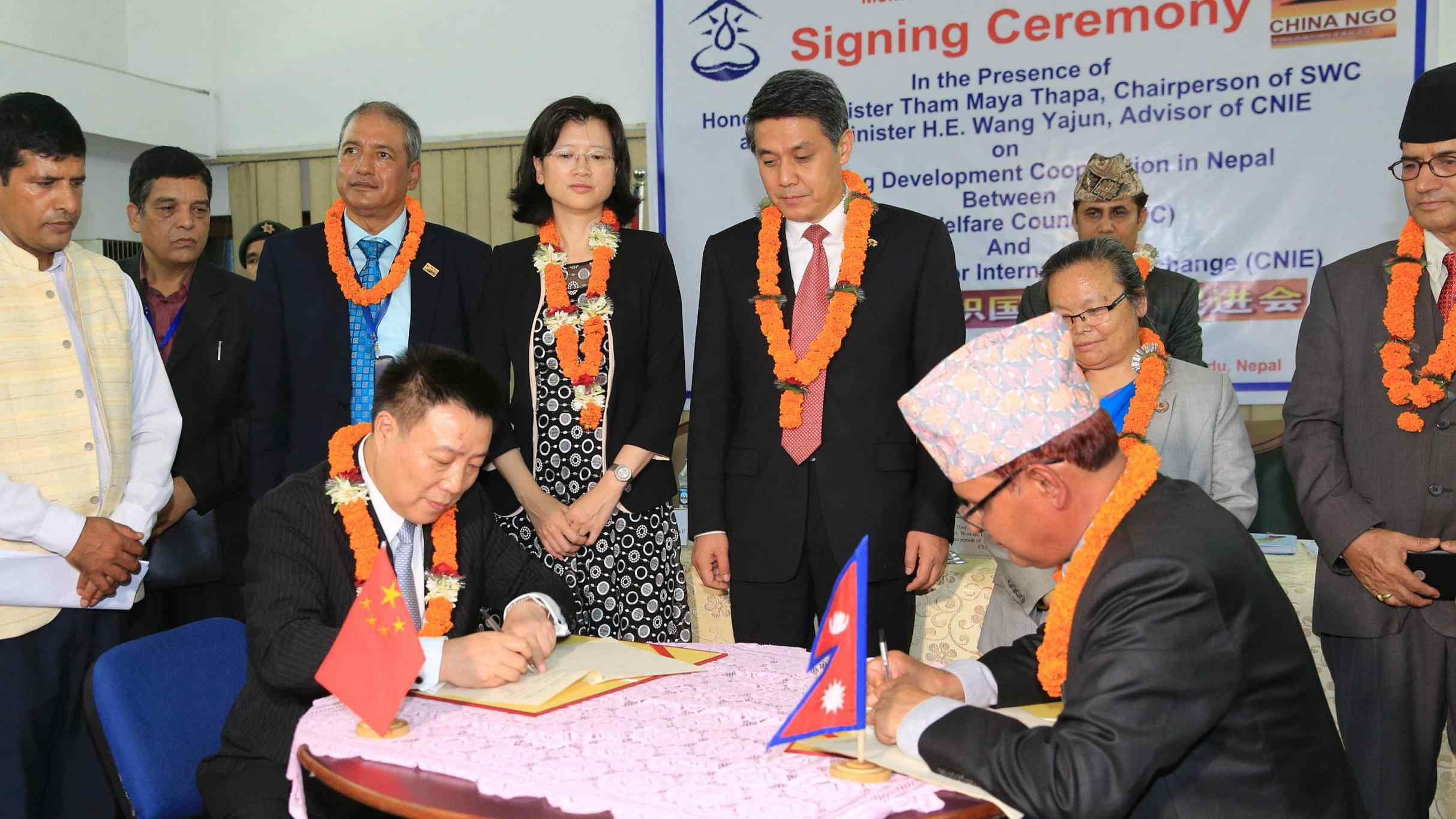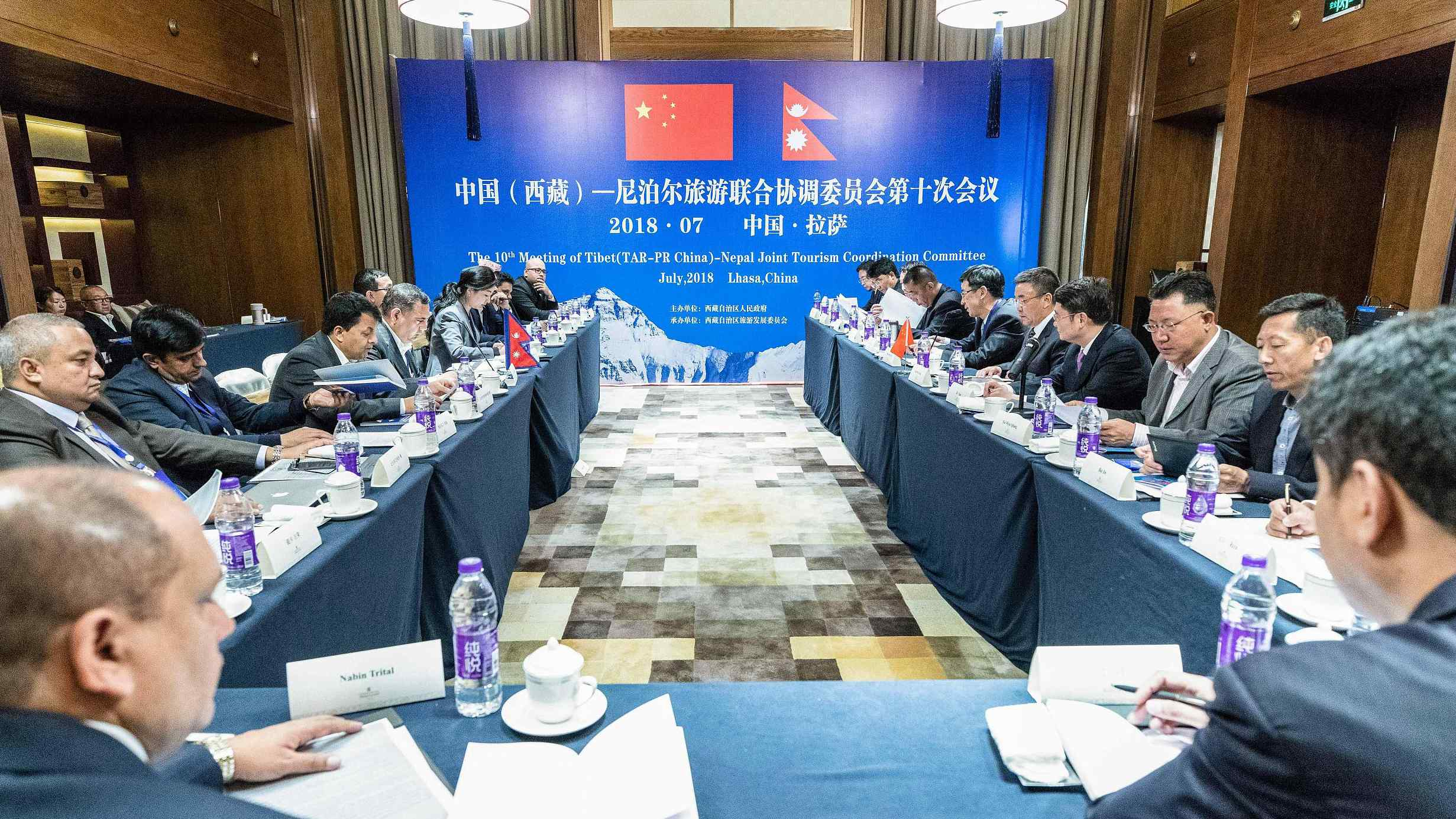
Business
22:43, 01-Aug-2018
China-Nepal relationship: 63 years and ongoing
Updated
21:47, 04-Aug-2018
By Anuj Kumar Adhikari

Sixty-three years ago, China and Nepal formally established diplomatic relations. However, the friendship between the two neighbors can be traced back to the Lichhavi Dynasty in Nepal and the Yuan Dynasty in China.
The Five Principles of Peaceful Coexistence have been the basis of diplomatic relations since 1955.In recent years, relations have grown to new heights with the growing economic ties between the two countries. Situated between two giant neighbors – India and China – Nepal has to balance its foreign policy while trying to benefit from these quickly growing economies. Below is a review of how China and Nepal are cooperating today.
Connectivity
China and Nepal share a border of 1,414 kilometers and currently trade through the Rasuwagadhi-Kerung border point.
Nepal’s existing trade route with China has been given high strategic importance as it is considered the shortest all-weather trade and transit route from China to rest of South Asia.
Trade and transit
China has engagements in around 13 percent of Nepal’s total imports and four percent of its exports. India is the primary player in Nepal’s trade, churning up to 66 percent of its total imports.
Nepal and China traded goods worth 1.18 billion US dollars as of the first 10 months of the current fiscal year, according to a Nepal Rastra Bank (NRB) report.
In 2015, Nepal’s Prime Minister KP Oli signed the historic Transit Treaty with China, bringing an end to India’s monopoly in Nepal’s trade transit with other countries. Chinese and Nepali teams are working together to finalize the transit treaty after the meeting held between Chinese President Xi Jinping and Nepali Prime Minister Oli in Beijing in June 2018.
Railway
The most hyped-up issue now in the China-Nepal relationship is railway connectivity. Nepal strongly advocates connecting with its northern neighbor through railway under the concept of a “trans-Himalayan multi-dimensional connectivity network” under the framework of the Belt and Road Initiative (BRI).
China is extending its Qinghai-Tibet railway network up to Kerung which lies at a distance of 25 km from the Nepali town of Rasuwagadhi. China and Nepal have agreed to extend the railway to Kathmandu, the capital of Nepal, following a feasibility study which has already begun.
The cross border trans-Himalayan network is also said to incorporate India. In that case, Nepal could serve as a “land-locked buffer state” for Asia’s two big economies.
Investments
In the last fiscal year, 84 percent of Nepal’s foreign direct investment (FDI) came from China, making it the largest source of FDI in Nepal. Chinese investment will help fund an infrastructure development bank, an airport and hydroelectric projects.
During Nepali Prime Minister Oli’s June visit to China, the two countries signed eight different agreements worth 2.4 billion US dollars, potentially boosting infrastructure development, connectivity and energy projects in the Himalayan nation.

Signing ceremony between China NGO Network for International Exchange and Nepal’s Social Welfare Council on July 29, 2018. /VCG Photo
Signing ceremony between China NGO Network for International Exchange and Nepal’s Social Welfare Council on July 29, 2018. /VCG Photo
Similarly, China and Nepal are working together to construct the first ever cross-border transmission line. The 400 kV trans-Himalayan power line will link Rasuwagadhi in Nepal and Kerung across the northern border.
Amid the rising speculations of Chinese investment being a debt trap for developing countries, Prime Minister Oli said the idea was an “Indian perception” that reflects China-India rivalry, while speaking to an Indian newspaper in February. This has provided confidence for Chinese investors and the Nepali business community in bringing in Chinese investment for infrastructural development.
Tourism
China makes up the second largest tourist source for Nepal, trailing India, with the gap reducing every year. This year, Nepal received a total of 36,384 Chinese tourists from January to March compared to 34,133 Indians during the same period, thanks to the Chinese New Year.
China-Nepal railway would be a real game changer in Nepali tourism as Chinese tourists could pass through the beautiful landscapes of Tibet before entering Nepal.
China is also building an airport in Nepal’s tourist town of Pokhara, which acts as a gateway to the Annapurna Circuit trekking trail, and Lumbini, where the Buddha was born.

The 10th Meeting of Tibet-Nepal Joint Tourism Cooperation Committee on July 23, 2018. /VCG Photo
The 10th Meeting of Tibet-Nepal Joint Tourism Cooperation Committee on July 23, 2018. /VCG Photo
Apart from these areas of investments, China-Nepal Optical Fiber Link Project has begun commercial operation this year in a bid to enhance the flow of information. The commercial operation has also ended Nepal’s sole dependence on India for internet bandwidth.
China showed a great amount of good neighborliness when a massive earthquake struck Nepal in 2015. It was one of the first countries to dispatch rescue experts to Nepal.

SITEMAP
Copyright © 2018 CGTN. Beijing ICP prepared NO.16065310-3
Copyright © 2018 CGTN. Beijing ICP prepared NO.16065310-3